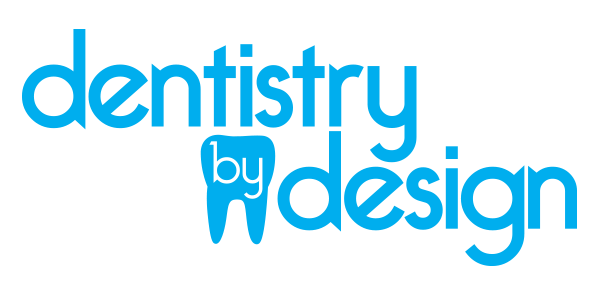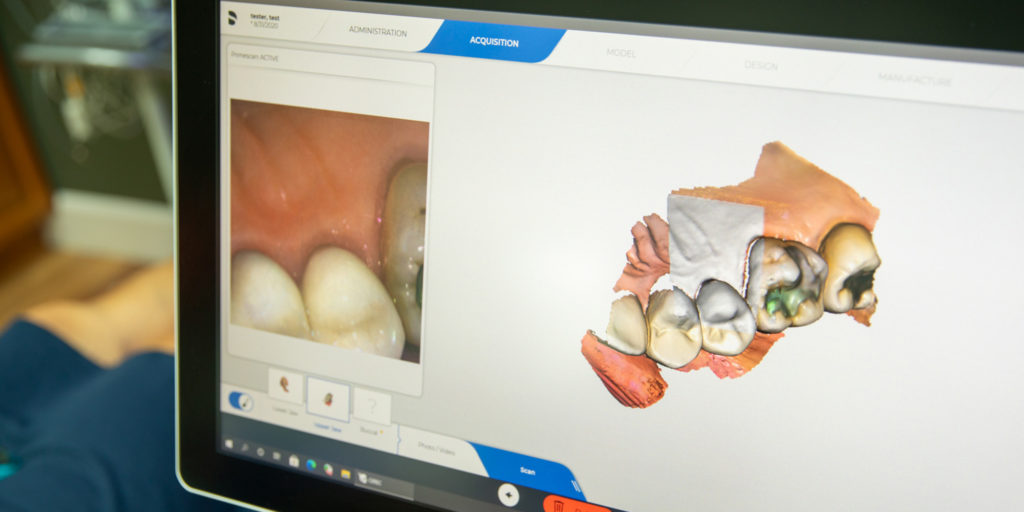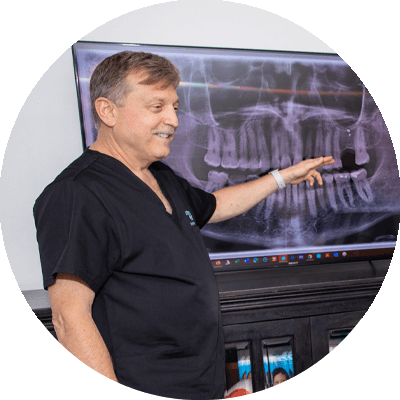

Please note, we may not offer all of these treatments at our office. Call (931) 391-3089 for details.
Supplemental procedures are additional treatments to prepare the mouth for dental implant placement. These steps address factors like insufficient jawbone density or gum issues that may impact the long-term success of implants. Common examples of supplemental procedures include bone grafts, sinus lifts, and ridge augmentation.
Not every patient will need a supplemental procedure. Your dentist or oral surgeon will determine if one is necessary based on your needs. The risks, benefits, and recovery times of these procedures should be fully discussed before proceeding with implant placement.
In some cases, dental implants may not be the best option for tooth replacement. To explore your options, schedule a consultation with our Spring Hill, TN dentist by calling (931) 391-3089.

Bone grafting is necessary when there isn’t enough healthy jawbone to support a dental implant. In this procedure, bone material is taken from another part of the body (or a synthetic substitute) and added to the jawbone to strengthen it.
Following the bone graft, patients must adhere to post-operative care instructions, which typically include avoiding hard foods, taking prescribed medications, and practicing excellent oral hygiene. As the graft heals, it integrates with the natural bone, creating a stable foundation for implants or other dental restorations.
A sinus lift may be needed when there’s not enough bone height in the upper jaw, or the sinuses are too close to the implant area. During this procedure, the sinus membrane is lifted, and bone is added to create the support necessary for successful implant placement.
Since the sinuses are air-filled spaces above the upper molars, tooth loss in this area can thin the jawbone and make implant placement challenging. After a sinus lift, patients may experience minor swelling or discomfort, but these symptoms can be managed with medications and proper post-op care.
Ridge augmentation is performed when the jawbone has deteriorated, resulting in an uneven or narrow ridge. By adding bone material to the jaw, this procedure builds up the ridge, ensuring a stable foundation for implants.
Recovery from ridge augmentation varies based on the extent of the procedure. Some swelling or discomfort may occur but can be easily managed with prescribed medications and rest.
How long does it take to recover from a supplemental procedure?
Recovery times differ depending on the procedure. Bone grafts and sinus lifts typically require several months of healing before implant placement can proceed.
Are supplemental procedures always necessary?
No, not all patients need supplemental procedures. Your dentist will assess your oral health and determine if a supplemental procedure is required to achieve the best implant results.
Does insurance cover supplemental procedures?
Insurance coverage for supplemental procedures varies by plan. Some plans may cover the costs, while others may offer partial or no coverage. It’s important to check with your insurance provider to understand your coverage details.

Supplemental procedures help prepare your mouth for dental implants, ensuring a stable and long-lasting result. Learn more about these procedures by contacting our Spring Hill, TN dentist.
Contact Dentistry By Design in Spring Hill, TN, at (931) 391-3089 to schedule your consultation.
I understand the information disclosed in this form may be subject to re-disclosure and may no longer be protected by HIPAA privacy regulations and the HITECH Act.